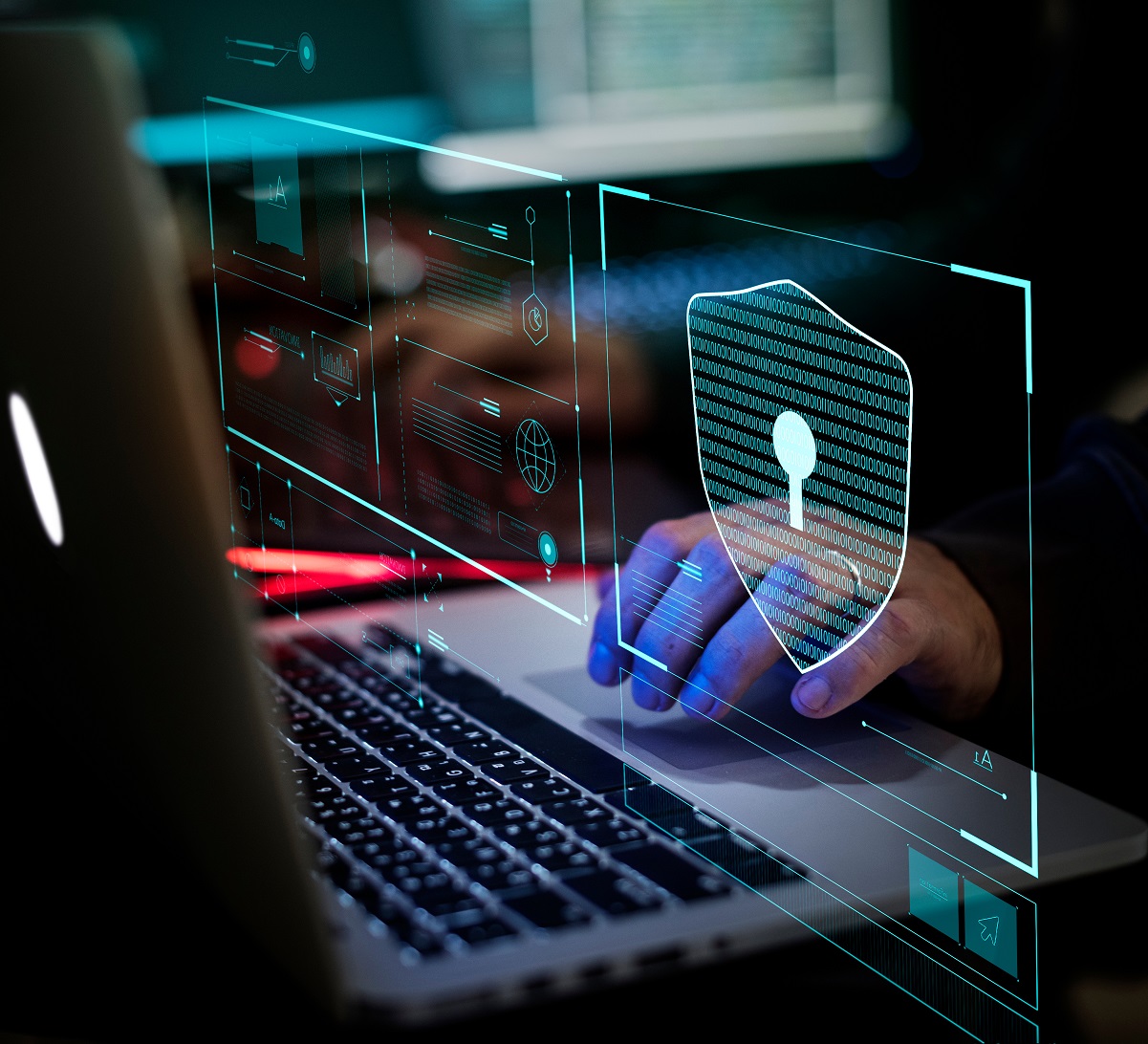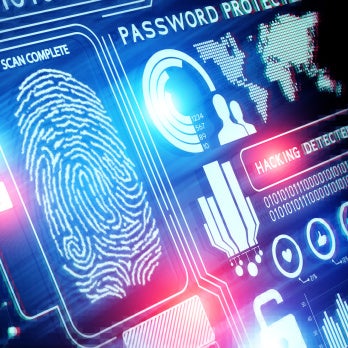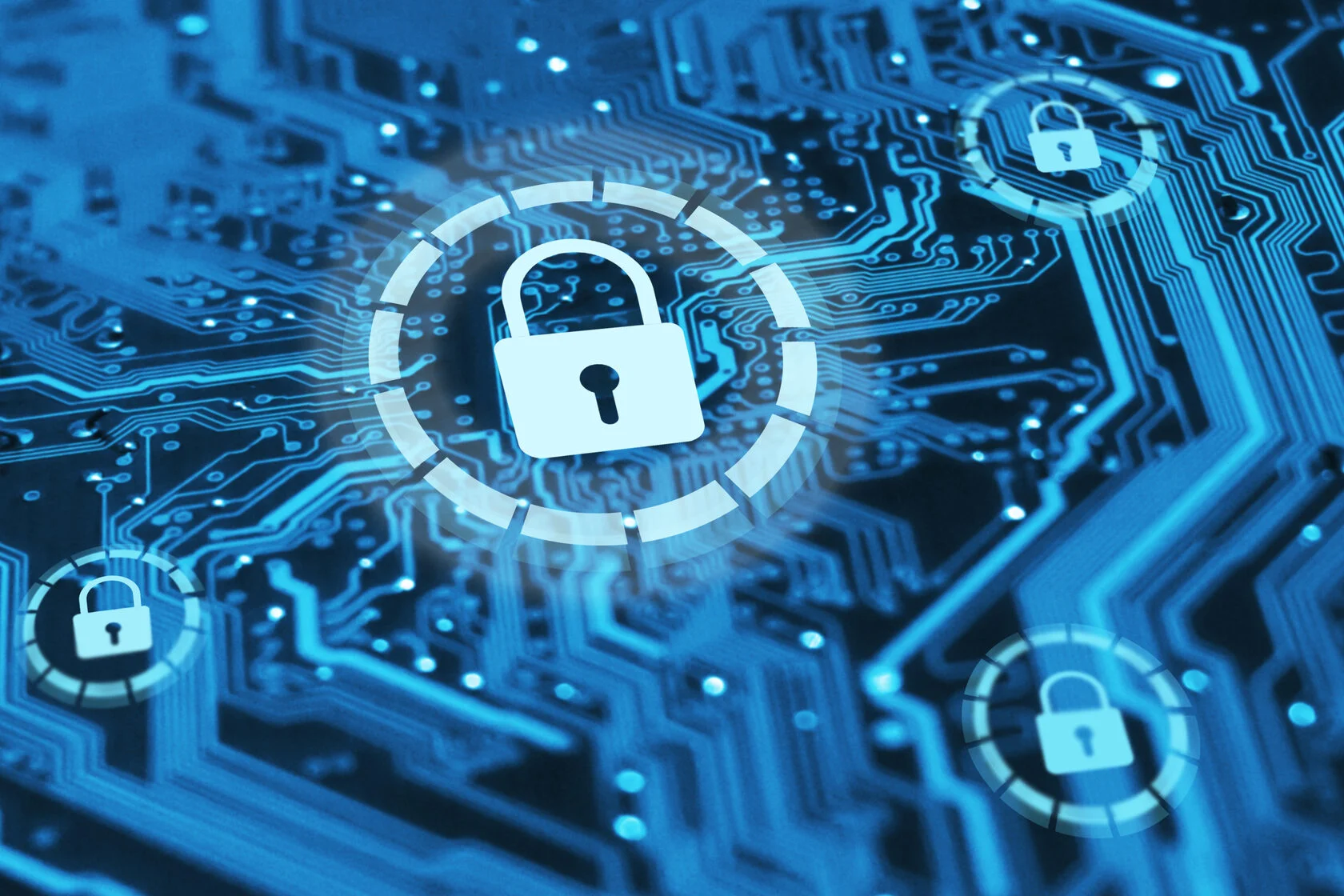Hello!
Cybersecurity is one of the most important issues facing organizations today. The consequences of having your data compromised or stolen can be devastating and even fatal for some companies. This is why it's so important to stay on top of emerging technologies and threats in order to stay secure.
So what are some of these technologies?
 Let's explore them below:
Let's explore them below:
Deep Learning
Deep learning is a subset of machine learning, which refers to the use of computers to learn without being explicitly programmed. It uses neural networks--a type of algorithm that mimics the brain's structure and function--to identify patterns in data and make predictions based on those patterns. A deep learning system consists of multiple layers: input (raw data), hidden layers that process that data, and output (predictions).
Deep learning has applications in many fields including healthcare, business analytics and cybersecurity where it can be used as an early warning system against cyberattacks by identifying suspicious behavior before any damage occurs.
Quantum Computing
 When you think about cybersecurity and computing, it's easy to get lost in a sea of acronyms. We'll help you navigate this world by explaining some of the most important terms and technologies involved in protecting your data from attackers.
When you think about cybersecurity and computing, it's easy to get lost in a sea of acronyms. We'll help you navigate this world by explaining some of the most important terms and technologies involved in protecting your data from attackers.
According to IT equipment vendor Big Data Supply inc, quantum computers are different from traditional computers because they use quantum bits instead of binary ones or zeros.
This allows quantum computers to perform calculations much faster than traditional ones--and with far more accuracy than any supercomputer on earth today could achieve!
This makes them ideal for solving complex problems like modeling chemical reactions or optimizing supply chains without having to wait hours just so they can run through all their possible solutions before getting an answer that might not even be accurate enough anyway!
Quantum computers can perform calculations in parallel, which is why they are so much faster than traditional computers. They also have the ability to store multiple states of information at once (as opposed to binary ones or zeros), making them more resistant to hackers who want to steal your data by breaking through their security.
Digital Twin
A digital twin is a virtual representation of your physical assets that can be used for training and testing purposes. For example, if you're a transportation company and want to know how many people are using public transportation during rush hour, you could use data from the digital twin to simulate those conditions.
 In cybersecurity terms, the concept of creating a digital twin is used as part of threat simulation--a practice that allows organizations to test their security measures against potential threats before they happen in order to identify weak points and make improvements before an attack occurs.
In cybersecurity terms, the concept of creating a digital twin is used as part of threat simulation--a practice that allows organizations to test their security measures against potential threats before they happen in order to identify weak points and make improvements before an attack occurs.
Digital twins have many benefits: They allow organizations to better understand what's happening within their systems; they provide an opportunity for collaboration between teams across departments; and they enable companies with limited resources (like small businesses) to access advanced technology without having to buy expensive equipment or hire additional staff members. However, building one requires significant investment in time and money due outlay upfront before seeing any returns.
Digital twins are becoming a more common component of the cybersecurity toolkit. But, as with any new technology, there are challenges to implementing them. One of the biggest obstacles is that many companies don't know how to create and use digital twins effectively—or even what they are.
Blockchain and Distributed Ledger Technology
Blockchain and Distributed Ledger Technology (DLT) are two of the most promising technologies for securing data, transactions and contracts. As a result, they're also attracting significant investment from investors who see an opportunity to capitalize on this new era of cybersecurity.
Blockchain is a digital ledger that records transactions in chronological order--similar to how Google Docs keeps track of what you type into it. Every time you add something new, everyone else who has access to your document can see it right away without having to ask permission first. In other words: no more waiting!
DLT refers to any type of technology that uses blockchain-like principles but isn't necessarily based on cryptocurrency or cryptocurrency mining models, like Bitcoin's Proof-of-Work consensus algorithm does (more on this later).
Artificial Intelligence and Machine Learning
 AI is a machine that can make decisions. It's a form of computer programming that allows machines to learn from experience and adapt in response to new information.
AI is a machine that can make decisions. It's a form of computer programming that allows machines to learn from experience and adapt in response to new information.
AI can be used to make predictions, such as predicting what you'll buy next or whether you're likely to get sick based on your current symptoms.
Machine learning (ML) is another branch of AI that allows computers to learn without being explicitly programmed--for example, by analyzing large amounts of data and finding patterns within it.
Key Takeaway
To get a better understanding of these technologies and the threats they pose, let's start by taking a look at how they work.
AI is an umbrella term used to describe systems that learn over time through experience and interaction with their environment. ML works similarly, but it differs in that it relies on statistical models instead of neural networks (more on this later). Both AI and ML have been around for decades, but only recently have companies begun using them for cybersecurity purposes--which means we're still learning about how they'll impact our future security landscape.
At its core, AI enables machines to make decisions based on data instead of human intuition alone--and since there are so many potential applications for this technology beyond cybersecurity alone (e-commerce being one), it's easy to see why it has become such an important field within computer science overall!
Conclusion
The future of cybersecurity is bright and full of promise, but it's also a time of great uncertainty. As we move into this new era, it's important for organizations to stay up-to-date on the latest trends in technology so that they can protect themselves from potential threats.
Thank you!






